-
 Bitcoin
Bitcoin $112200
0.96% -
 Ethereum
Ethereum $4310
0.64% -
 XRP
XRP $2.978
4.28% -
 Tether USDt
Tether USDt $0.9999
-0.02% -
 BNB
BNB $877.9
0.29% -
 Solana
Solana $215.6
6.68% -
 USDC
USDC $0.9997
-0.02% -
 Dogecoin
Dogecoin $0.2387
7.54% -
 TRON
TRON $0.3316
0.73% -
 Cardano
Cardano $0.8633
4.49% -
 Hyperliquid
Hyperliquid $50.46
7.52% -
 Chainlink
Chainlink $23.01
3.82% -
 Ethena USDe
Ethena USDe $1.001
-0.01% -
 Sui
Sui $3.469
2.94% -
 Stellar
Stellar $0.3750
4.79% -
 Bitcoin Cash
Bitcoin Cash $587.2
-2.71% -
 Avalanche
Avalanche $25.48
4.50% -
 Hedera
Hedera $0.2258
3.79% -
 UNUS SED LEO
UNUS SED LEO $9.548
0.05% -
 Litecoin
Litecoin $112.7
-1.24% -
 Cronos
Cronos $0.2527
-2.26% -
 Toncoin
Toncoin $3.098
-0.03% -
 Shiba Inu
Shiba Inu $0.00001287
4.08% -
 Polkadot
Polkadot $4.037
1.46% -
 Uniswap
Uniswap $9.567
3.02% -
 Dai
Dai $0.9997
-0.01% -
 Ethena
Ethena $0.7735
5.26% -
 World Liberty Financial
World Liberty Financial $0.2077
-7.48% -
 Monero
Monero $271.3
0.38% -
 Aave
Aave $302.8
1.35%
The CCI indicator falls below -100 and then quickly pulls back. Is this a short-term oversold buy signal?
A CCI rebound from below -100 may signal short-term buying opportunity in crypto, but confirmation from price action, volume, and support levels is crucial to avoid false signals.
Sep 03, 2025 at 01:54 am
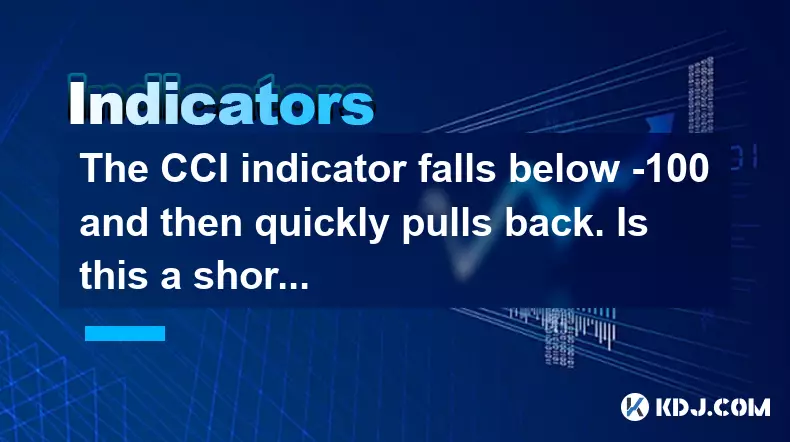
Understanding the CCI Indicator in Crypto Markets
1. The Commodity Channel Index (CCI) is a momentum-based oscillator widely used in cryptocurrency trading to identify overbought and oversold conditions. It measures the current price level relative to an average price over a specific period, typically 14 periods. When the CCI drops below -100, it suggests that the asset may be oversold, indicating potential downward exhaustion in selling pressure.
2. In the volatile environment of the crypto market, extreme CCI readings occur more frequently than in traditional markets. A plunge below -100 often reflects panic selling or sharp capitulation, especially during bearish news cycles or market corrections. Traders watch for these levels as possible turning points.
3. However, a reading below -100 does not automatically signal a reversal. Extended downtrends in assets like Bitcoin or altcoins can keep the CCI deeply negative for prolonged periods. Relying solely on this threshold without confirming signals may lead to premature entries.
4. The key lies in the behavior of the CCI after hitting extreme lows. A rapid pullback toward or above -100 may suggest that buying interest is reemerging. This kind of bounce often aligns with short-term mean reversion strategies favored by day traders and scalpers in the crypto space.
5. It's critical to assess volume and price action during the CCI rebound. A strong upward candle accompanied by rising volume increases the reliability of the signal. Conversely, a weak bounce on low volume may indicate a false recovery, leaving room for further downside.
Is a CCI Pullback from Below -100 a Valid Buy Signal?
1. A CCI rebound from below -100 can serve as a short-term oversold buy signal, particularly in ranging or consolidating markets. In such environments, mean reversion strategies tend to perform well, and the indicator’s return toward neutral territory (-100 to +100) reflects restoring balance.
2. In trending markets, especially strong downtrends, this signal may fail. For example, during a macro bear phase in the crypto market, assets like Ethereum or Solana may experience repeated CCI drops below -100 with no sustainable recovery. In these cases, treating each pullback as a buy opportunity can result in consecutive losses.
3. Confirmation from other technical tools improves accuracy. Traders often combine CCI with support/resistance levels, moving averages, or RSI. A CCI bounce occurring near a known support zone or a long-term moving average (e.g., 200-day MA) adds credibility to the potential reversal.
4. Timeframe selection plays a crucial role. On shorter timeframes like 15-minute or 1-hour charts, CCI signals are more frequent and noisy. On the 4-hour or daily charts, a CCI move from below -100 followed by a swift recovery carries more weight, especially if it coincides with bullish candlestick patterns like hammers or engulfing bars.
5. It's essential to recognize that CCI measures momentum, not direction. A quick pullback indicates slowing downward momentum, not necessarily an upward trend. Misinterpreting this nuance can lead to poor trade decisions.
Practical Application in Cryptocurrency Trading
1. Many algorithmic trading bots in the crypto ecosystem are programmed to detect CCI extremes. When CCI crosses back above -100 after being below it, these systems may trigger long entries, especially if other conditions like volume spikes or Bollinger Band touches are met.
2. Swing traders often use the CCI in conjunction with Fibonacci retracement levels. A drop below -100 near a 61.8% or 78.6% retracement level, followed by a rebound, may indicate a high-probability reversal zone, particularly in assets with established cycles like Bitcoin.
3. Altcoins with low liquidity are more prone to false CCI signals due to pump-and-dump schemes. A sudden dip below -100 caused by a whale sell-off might trigger a mechanical bounce, but without sustained buying, the rally fizzles quickly. Scrutinizing order book depth helps filter such traps.
4. Divergence analysis enhances the CCI’s usefulness. If price makes a new low but CCI forms a higher low, it signals weakening bearish momentum. This hidden bullish divergence, combined with a CCI rebound from below -100, strengthens the case for a short-term long position.
5. Risk management remains paramount. Even with a favorable CCI signal, placing stop-loss orders below the recent swing low protects against continuation moves. Position sizing should account for the inherent volatility of digital assets, where 10% daily swings are common.
Frequently Asked Questions
What does a CCI value below -100 indicate in cryptocurrency trading?A CCI value below -100 indicates that the asset is trading significantly below its statistical average, often interpreted as oversold. In fast-moving crypto markets, this can reflect intense selling pressure or capitulation, particularly during sharp corrections.
Can the CCI be used effectively on highly volatile coins like meme tokens?The CCI can be applied, but its signals are less reliable on extremely volatile assets such as meme coins. These tokens often exhibit erratic price behavior driven by social sentiment rather than technical patterns, leading to frequent false signals.
How does the CCI compare to the RSI in identifying oversold conditions?Both CCI and RSI identify oversold levels, but CCI has no fixed upper or lower bounds, allowing it to capture extreme moves beyond standard ranges. RSI is capped at 0–100, making it more consistent for overbought/oversold readings, while CCI can reflect deeper momentum extremes.
Should traders act on a CCI rebound without confirmation from price patterns?Acting solely on a CCI rebound is risky. Confirmation from bullish candlestick formations, support confluence, or volume analysis increases the probability of a successful trade. Blind reliance on oscillator signals often leads to losses in unpredictable crypto markets.
Disclaimer:info@kdj.com
The information provided is not trading advice. kdj.com does not assume any responsibility for any investments made based on the information provided in this article. Cryptocurrencies are highly volatile and it is highly recommended that you invest with caution after thorough research!
If you believe that the content used on this website infringes your copyright, please contact us immediately (info@kdj.com) and we will delete it promptly.
- Score Big with BetMGM: Vikings-Bears & Bonus Codes!
- 2025-09-09 06:45:17
- Solana Meme Coin Mania: Prices, Predictions, and the Next Big Thing
- 2025-09-09 06:25:15
- Crypto Market Navigators: OPTO Miner and the Quest for Stable Returns
- 2025-09-09 06:25:15
- Canaan Mines, Bitcoin, and Hashrate: Navigating the Crypto Landscape in 2025
- 2025-09-09 06:45:17
- USDD Stablecoin, Justin Sun, and Ethereum: A New York Minute in Crypto
- 2025-09-09 06:30:12
- Newton's Roots: Unearthing Insights at His Mother's Home in England
- 2025-09-09 06:30:12
Related knowledge
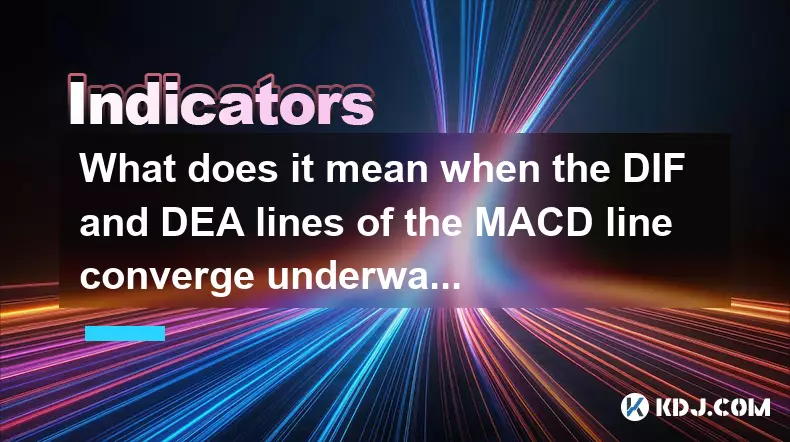
What does it mean when the DIF and DEA lines of the MACD line converge underwater?
Sep 09,2025 at 07:55am
Understanding MACD Components in Bearish Territory1. The MACD indicator consists of three elements: the DIF (Difference), DEA (Signal line), and the M...
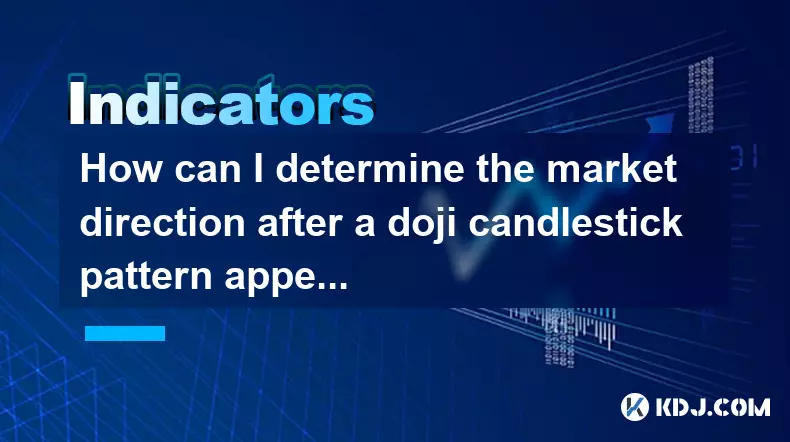
How can I determine the market direction after a doji candlestick pattern appears?
Sep 09,2025 at 05:37am
Understanding the Doji Candlestick in Crypto Markets1. The doji candlestick is a critical formation that signals indecision between buyers and sellers...
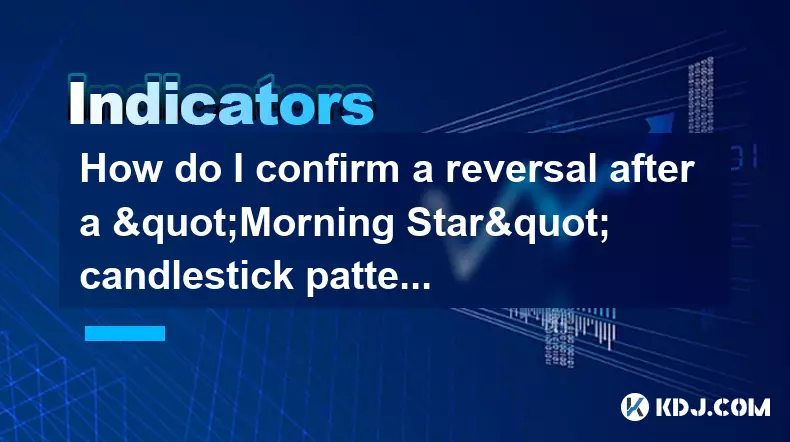
How do I confirm a reversal after a "Morning Star" candlestick pattern appears?
Sep 09,2025 at 05:19am
Understanding the Morning Star Candlestick Pattern1. The Morning Star is a bullish reversal pattern that typically forms at the end of a downtrend. It...
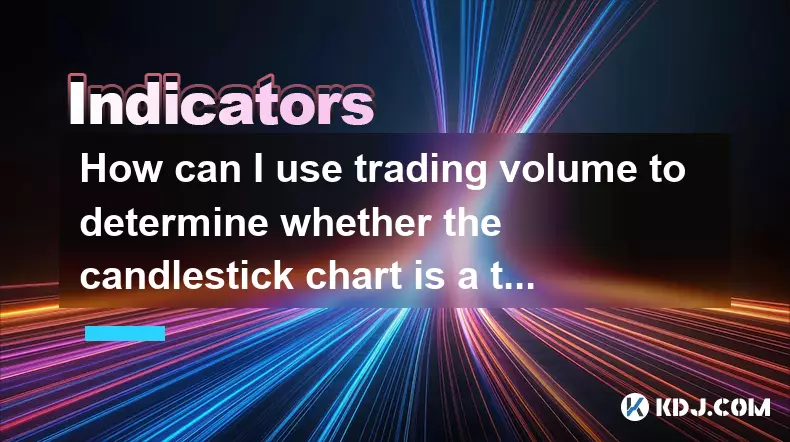
How can I use trading volume to determine whether the candlestick chart is a true breakout or a false breakout?
Sep 09,2025 at 06:18am
Understanding Breakouts in Candlestick Charts1. A breakout occurs when the price of a cryptocurrency moves beyond a defined support or resistance leve...
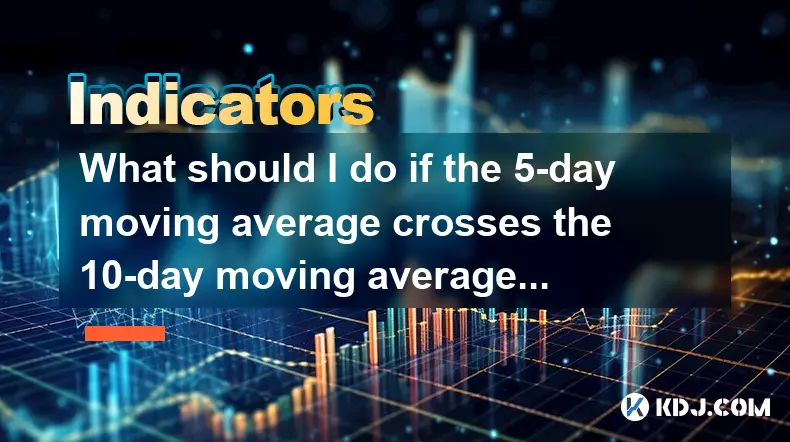
What should I do if the 5-day moving average crosses the 10-day moving average?
Sep 09,2025 at 07:01am
Understanding Moving Average Crossovers in Crypto Trading1. A moving average crossover occurs when a shorter-term moving average intersects with a lon...
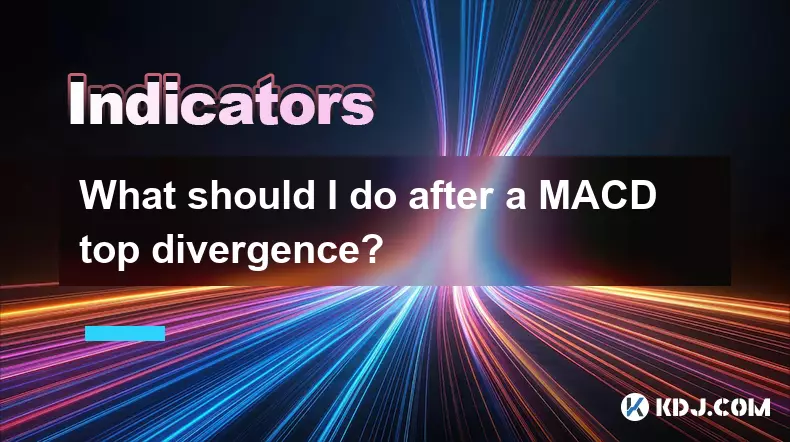
What should I do after a MACD top divergence?
Sep 09,2025 at 05:55am
Understanding MACD Top Divergence in Crypto Trading1. MACD top divergence occurs when the price of a cryptocurrency reaches a new high, but the MACD i...

What does it mean when the DIF and DEA lines of the MACD line converge underwater?
Sep 09,2025 at 07:55am
Understanding MACD Components in Bearish Territory1. The MACD indicator consists of three elements: the DIF (Difference), DEA (Signal line), and the M...

How can I determine the market direction after a doji candlestick pattern appears?
Sep 09,2025 at 05:37am
Understanding the Doji Candlestick in Crypto Markets1. The doji candlestick is a critical formation that signals indecision between buyers and sellers...

How do I confirm a reversal after a "Morning Star" candlestick pattern appears?
Sep 09,2025 at 05:19am
Understanding the Morning Star Candlestick Pattern1. The Morning Star is a bullish reversal pattern that typically forms at the end of a downtrend. It...

How can I use trading volume to determine whether the candlestick chart is a true breakout or a false breakout?
Sep 09,2025 at 06:18am
Understanding Breakouts in Candlestick Charts1. A breakout occurs when the price of a cryptocurrency moves beyond a defined support or resistance leve...

What should I do if the 5-day moving average crosses the 10-day moving average?
Sep 09,2025 at 07:01am
Understanding Moving Average Crossovers in Crypto Trading1. A moving average crossover occurs when a shorter-term moving average intersects with a lon...

What should I do after a MACD top divergence?
Sep 09,2025 at 05:55am
Understanding MACD Top Divergence in Crypto Trading1. MACD top divergence occurs when the price of a cryptocurrency reaches a new high, but the MACD i...
See all articles

























![[Pycoin] PI Coin -US President (Trump) Declaration ?? !! 'US' runs first. / Paikoin mining speed acceleration [Pycoin] PI Coin -US President (Trump) Declaration ?? !! 'US' runs first. / Paikoin mining speed acceleration](/uploads/2025/09/08/cryptocurrencies-news/videos/pycoin-pi-coin-president-trump-declaration-runs-paikoin-mining-speed-acceleration/68bed38c01e7a_image_500_375.webp)






























































